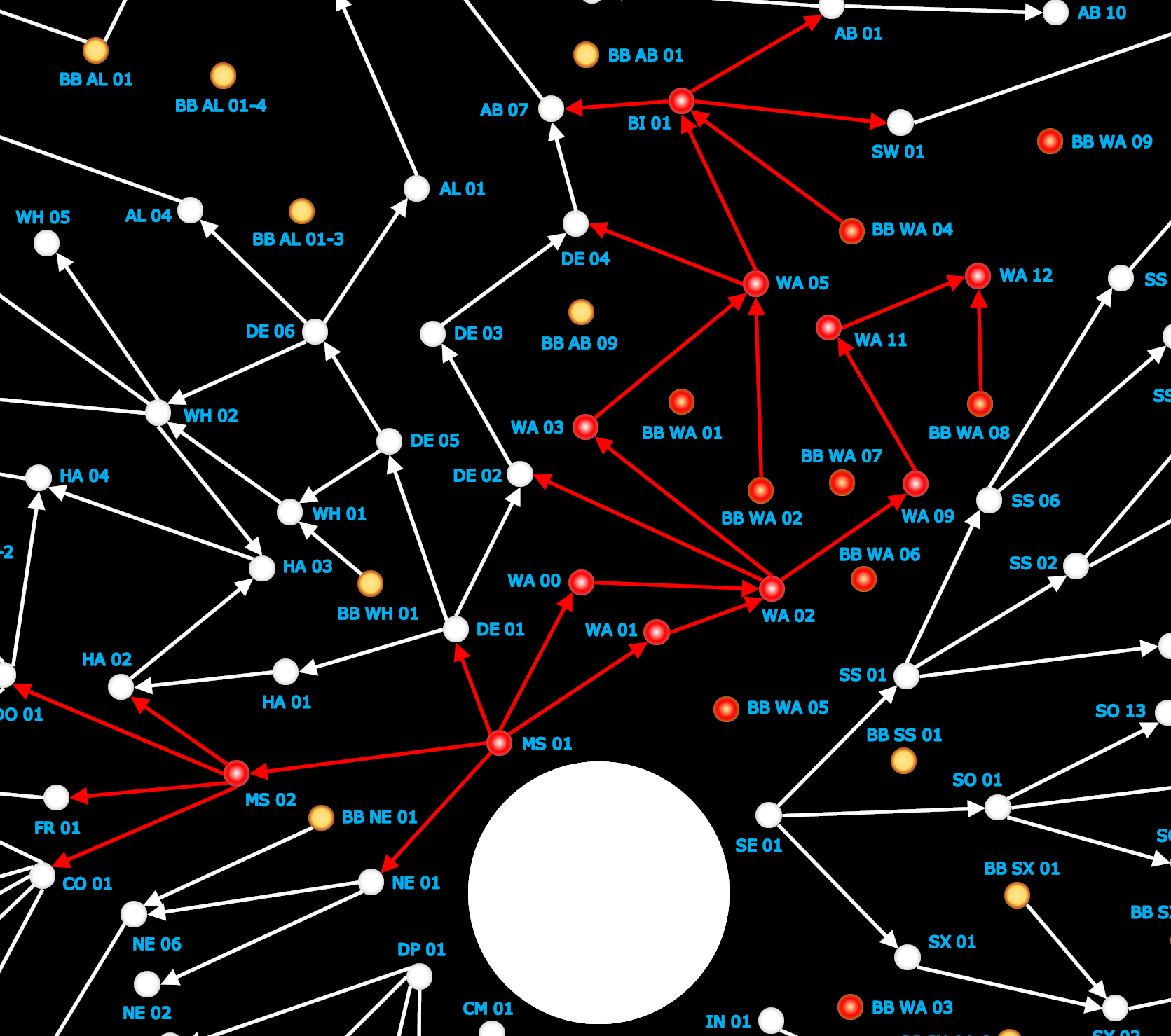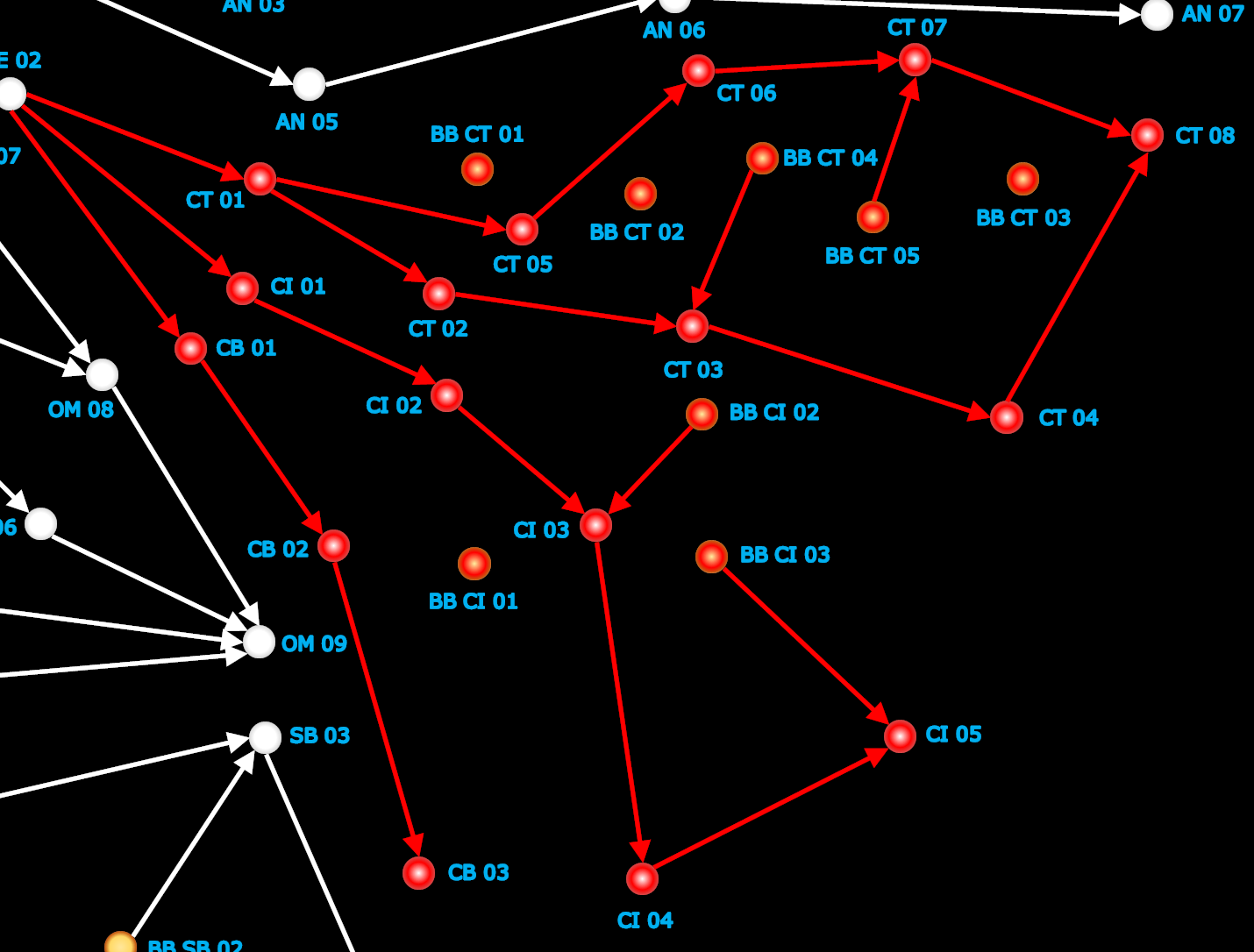

One of the earliest modern conceptions of human evolution originated with Raymond A. They will be listened to most carefully when they echo other themes from the culture of their time.'' ''Conversely, such stories won't be listened to unless they account for the human peculiarities that we think are crucial markers of humanity.


''Whatever such stories single out as important factors in our origins become important parts of our self-image,'' wrote Matt Cartmill, a Duke University paleonanthropologist, in a recent issue of Natural History. In much the same way that science fiction seems to be a reflection of the present while it projects into the distant future, scenarios for the origins of the human species appear to be no less a mirror of contemporary perceptions of human nature. What forces propelled apelike creatures to become hominids? Others say that, in paleoanthropology, defining what is philosophically ''human'' is irrelevant and not very helpful when all that the bones offer are anatomical clues to the past. Some say that the use of the genus name ''Homo'' (Latin for ''man'') implies that the specimen in question represents a human ancestor. The term ''human,'' of course, has no generally accepted scientific definition. Over the last decade, fossil finds have known that the earliest human ancestors were walking on two legs nearly four million years ago, and that their brains did not begin their slow growth beyond ape size until half that period had elapsed. Now it is clear that the big brain was the last of the distinctively human anatomical traits to evolve. If the brain was smaller than that of the smallest of known living humans, the specimen was summarily judged nonhuman. 9.įOR YEARS, THE LARGE brain reigned as the supreme hallmark of human status, and paleoanthropologists assiduously measured the cranial capacities of each new fossil skull. Some 50 specimens, representing most of the important discoveries of the last 120 years, have been removed from their vaults in museums around the world and, for the first time, brought under one roof.Īfter eight days of study and discussion, the specimens will be put on display at the museum from April 13 through Sept. Many of them have brought to the conference the very fossils that provoke these questions about human origins. This week, nearly all of the world's most influential paleoanthropologists-the small band of scientists who search for and study the bones of the human race's evolutionary ancestors-are gathered at the American Museum of Natural History in New York. (In the United States, while those insisting that man is made in the image of God have periodically sought to reopen the issue of ''creationism,'' evolution is is what is taught in the schools.)Įver since the identification in 1864 of a skull belonging to an extinct human ancestor-Homo neanderthalensis, who lived between 35,000 and 100,000 years ago-scientists have pondered a question that probes to the very heart of what it means to be human: What led a population of apelike animals to diverge from an apelike way of life and set off on an evolutionary course that would establish human beings as the most extraordinary of animals? That the human species, far from being a little lower than the angels, actually evolved from a lower order of animals not too different from the chimpanzees and gorillas of today ceased for the most part to be a point of contention even before Charles Darwin died in 1882. For as long as there has been recorded memory, they have appeared as creatures apart-with dominion not only over the rest of the animal kingdom but over their environment. Human beings, alone among the animals, are capable of speech, of intricate imaginings and elaborate creations. THAT THE HUMAN race sprang, Venuslike, fully formed on the face of the earth is a conceit that once seemed as immutable as the sun rising and setting.

NEW THEORIES HOLD THAT COOPERATION, NOT COMPETITION, DIVIDED MAN FROM APE.


 0 kommentar(er)
0 kommentar(er)
